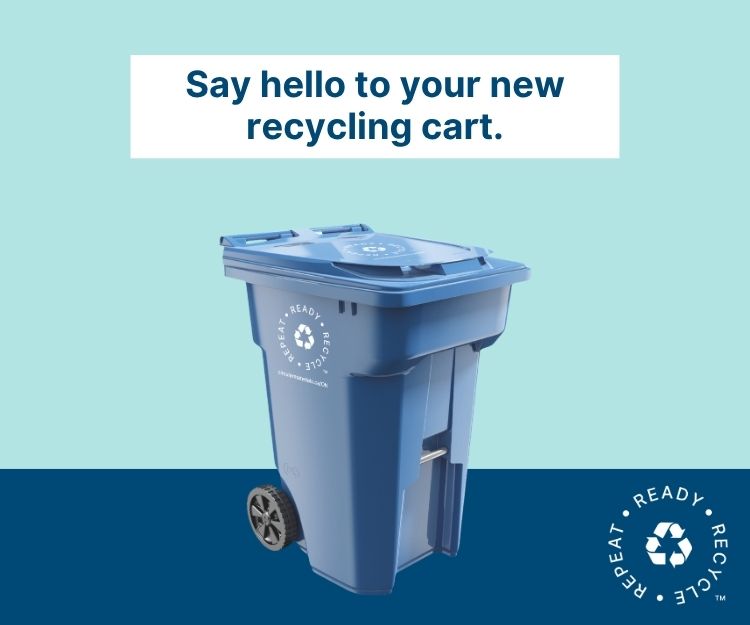
TORONTO — Ontarians have recently started hearing their top health and government officials speak of “learning to live with COVID-19,” but it doesn’t mean immediately returning to life as it was in 2019 and authorities should be refining their message, experts say.
Dr. Kieran Moore, Ontario’s chief medical officer of health, is now using the phrase, as are Toronto’s top doctor, Ontario’s health minister and Premier Doug Ford.
Shifting from the predominant message of “stay home” to “learn to live with it” is going to be difficult for a lot of people, said Dr. Anna Banerji, a professor at the Dalla Lana School of Public Health.
“We all have collective trauma – all of the world has, to some degree, collective trauma – for the past few years,” she said.
“I think it will be a hardship for people. People are terrified of getting it. And a lot of people are doing all the right things.”
For some, the message represents a welcome transition, but it should be done gradually because the health-care system is still struggling, she said.
“It may not be so much the government saying, ‘You have to do these measures to keep society safe.’ I think it’s probably going to transition to, ‘What are your risks? Who’s around you?'”
Justin Presseau, co-chair of the Ontario science table’s behavioural science working group, said he’s personally not a fan of the “learn to live with the virus” narrative.
“All of us have already been ‘living with this virus’ for two-plus years and lots of people have already made lots of sacrifices and/or experienced losses as part of living with the virus,” he said.
“Given the past messaging on how to stay safe, I’d like to see a more nuanced transition of support and communication on how we continue to work together as a community to keep ourselves and our most vulnerable safe through the end of the current Omicron phase towards what we hope is moving toward more of a return to normal.”
Raywat Deonandan, an epidemiologist and University of Ottawa associate professor, said using the term “learn to live with COVID” is problematic because it has been the “rallying cry” of COVID minimizers for the past two years.
“I think what people hear is surrender, and that’s not what they should hear,” he said.
Rather, it’s an acceptance that COVID-19 will continue to circulate to some extent for the foreseeable future, but people should not necessarily be terrified, Deonandan said.
“It doesn’t mean we throw open the doors and cast off all mitigation tools,” he said.
It means gradually lifting measures, layered with “the magic of vaccination,” though acknowledging that some people will still get COVID-19, and some will get sick and die, but hopefully in such small numbers that it is no longer newsworthy, Deonandan said.
“I think part of the message should be we should not be afraid,” he said.
“In fact, we never should have been afraid for ourselves individually. We should always be afraid for those individuals who cannot protect themselves and for the health-care system.”
Individual risk has come down to extremely low for people who are fully vaccinated and boosted, but it will not be zero, Deonandan said.
“We reduce it as much as we possibly can, and we overlay that risk with appropriate comparators like is the risk on par with crossing the street? Is it on par with eating uncooked food? Is it on par with having someone over for dinner who you know has the flu?”
There are also different considerations for people who have young children that can’t be vaccinated yet, and those who are at higher risk or live with someone in that category, Deonandan noted.
Moore, when asked last week to expand on his “learning to live with COVID” comments, said that Omicron is so contagious it’s difficult to control, and the province now has a well-vaccinated population with access to effective COVID-19 treatments.
It’s time for society to have a discussion about how many public health measures to legally maintain or instead just recommend, while balancing people’s mental, physical, social, economic and educational needs, Moore said.
“We’ve had two years where we’ve been very fearful of this virus and the strains have changed over time,” he said.
“So, as a society to decrease that fear will take time for us to normalize living with this virus.”
Many of the basic public health tenets emphasized during the pandemic will hopefully continue, Moore said, including hand hygiene, physical distancing, staying home when sick and even mask wearing, if people so choose.
“It’ll be a journey as a society to come out of this and to normalize Omicron and COVID as we’ve normalized all the other viruses,” he said, predicting that there will likely be an annual COVID-19 vaccine, akin to a flu shot.
Dr. Noah Ivers, a family physician at Women’s College Hospital, said when officials talk about learning to live with COVID-19 they should follow that statement by specifying what they mean.
There are certain public health measures that will continue to make a big difference, Ivers said, including improved ventilation, improved sick leave policies, and people staying home when they’re sick.
“For those people who live with certain disabilities, whether physical, mental or related to their immune system, I think it would be really, really reassuring to them to hear that society has learned from this about how to help those people stay safe going forward – not that society wants to forget all this and go back to forgetting them.”
This report by The Canadian Press was first published Feb. 6, 2022.
Allison Jones, The Canadian Press
- No Stealing Christmas Here: Whoville on High Street - November 23, 2025
- Residents will be able to request smaller blue bins - November 23, 2025
- Gift shopping made easy at the Georgina Chamber of Commerce - November 23, 2025









































